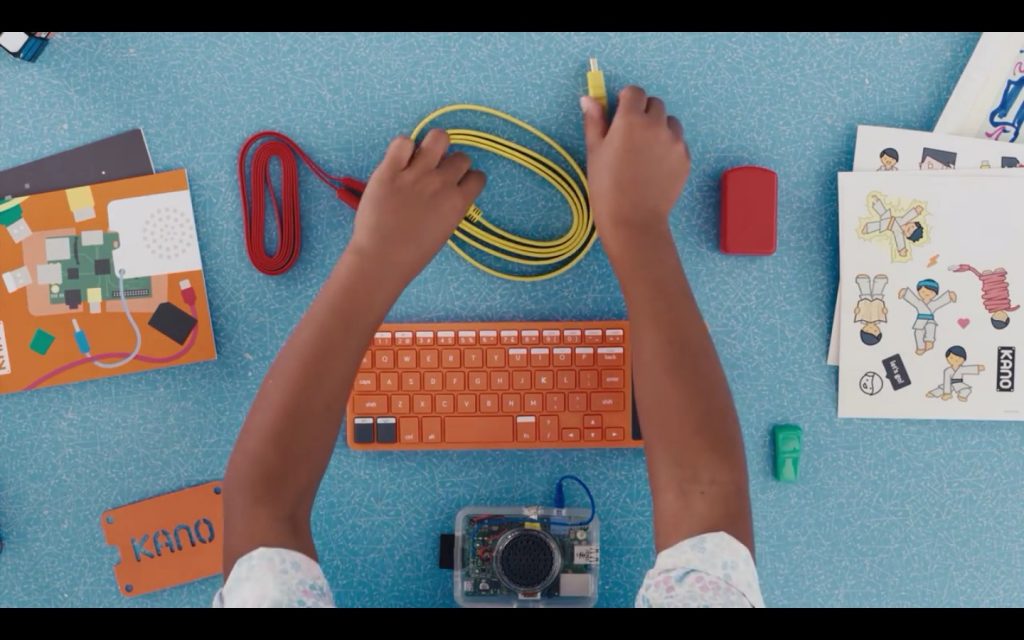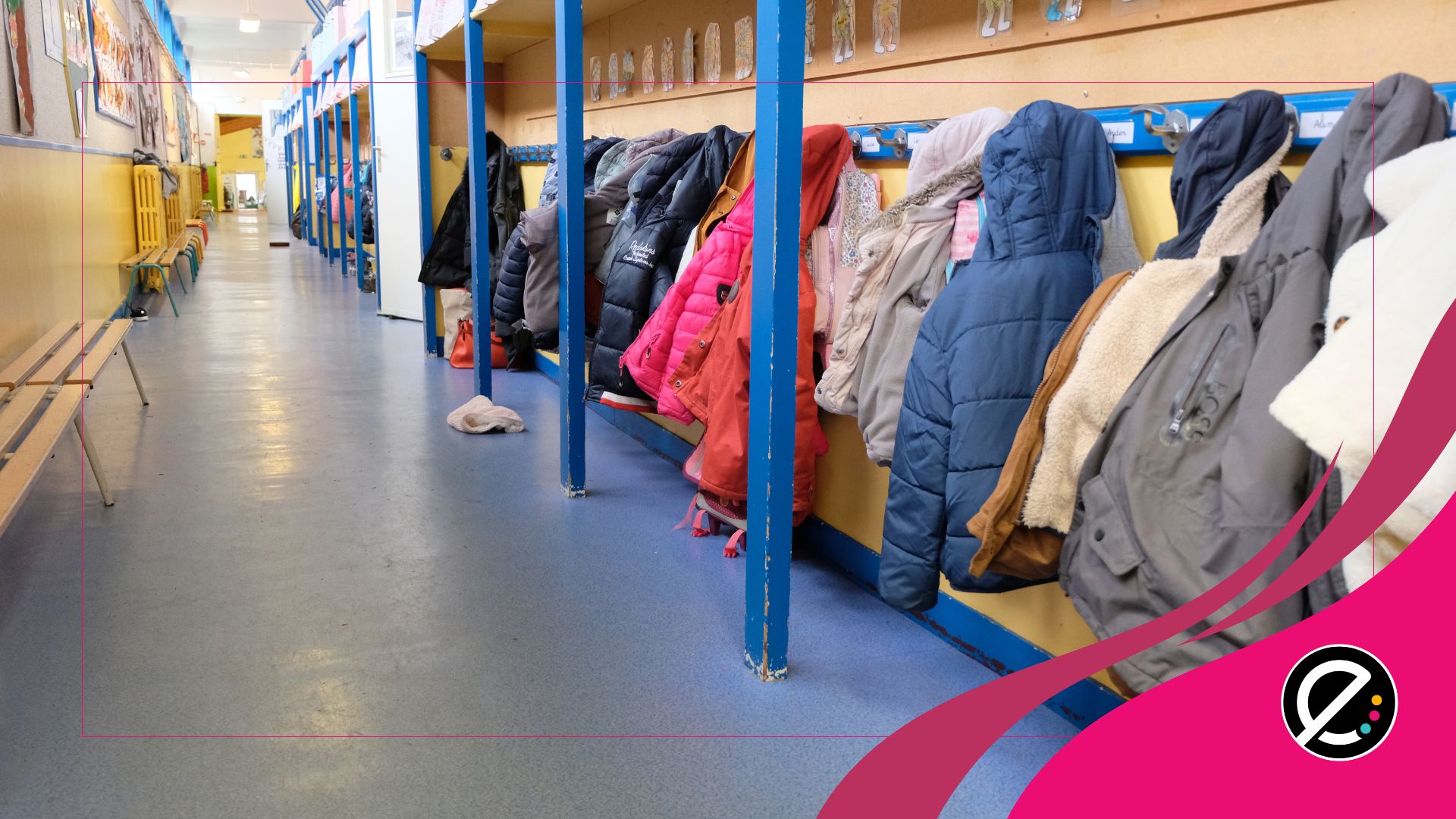Il est livré en pièces détachées et les jeunes (ou moins jeunes!) doivent l’assembler et le programmer : voici l’ordinateur Kano!
Voici un « jouet » qui risque de se retrouver sous plusieurs sapins et dans plusieurs classes cette année : le Kano. Il s’agit d’un « kit » pour assembler son propre ordinateur, propulsé par la technologie Linux et pensé dans une approche d’apprentissage du code, une tendance dont on entend de plus en plus parler.
Près de chez nous, il a notamment été présenté le 19 septembre dernier par Anabel David dans le cadre de la Journée du logiciel libre 2015, organisée à Québec par Linuq.
L’entreprise Kano, d’origine britannique, a pu démarrer ses activités grâce au succès inespéré de sa campagne de sociofinancement en 2013. L’objectif des fondateurs était de rendre possible la commercialisation d’un ensemble de pièces qui, une fois assemblées, donnent un ordinateur tout à fait fonctionnel. Leur public-cible est d’abord constitué d’élèves et de leurs enseignants.
Le kit, qui coute 150 $US, est composé d’une carte-mère Raspberry Pi (un nano-ordinateur dédié à l’éducation), d’un clavier sans fil, d’un haut-parleur, d’une clé d’accès Wi-fi, de quelques câbles, d’autocollants (pour décorer!) et d’une carte mémoire sur laquelle est installée le système d’exploitation Kano, basé sur Linux. L’idée est de permettre aux enfants d’assembler leur propre ordinateur, qu’ils pourront ensuite brancher à un moniteur. Un livre d’histoire les accompagne à travers le processus, tout en leur apprenant les rudiments du code pour programmer leur appareil dans l’environnement Kano. Entre autres, ils seront capables de construire eux-mêmes un serveur sans fil, reprogrammer le jeu Minecraft pour bâtir des mondes exclusifs, créer de la musique ou simplement faire du traitement de texte.
En entrevue avec le site Wired, l’un des fondateurs explique que ceci permet « d’allumer l’étincelle de la confiance créative chez les jeunes », en plus de leur permettre de mieux comprendre l’action et le fonctionnement du matériel informatique et des logiciels.
Pour en savoir plus, visitez le site : http://kano.me






